- My Account
- Place a Reorder
- Logout
Home » Hospital Supplies » Hospital Procedure Masks
Showing all 5 resultsSorted by popularity
-
Sale!
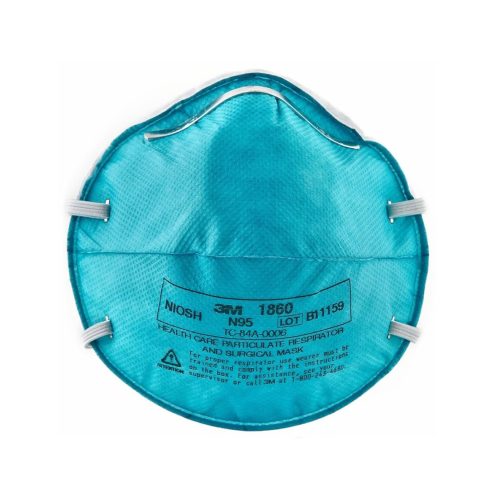 Solventum (Formerly 3M)
Solventum (Formerly 3M)3M Health Care 1860 & 1860S N95 Particulate Respirator and Surgical Masks
Starting at: $24.49 Select options This product has multiple variants. The options may be chosen on the product page -
Sale!
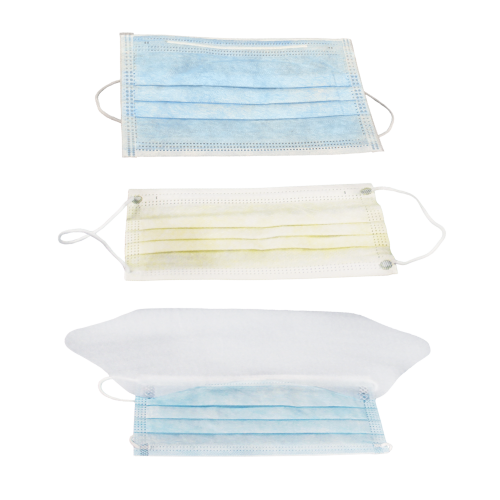 Dynarex
DynarexDynarex Procedure Face Mask – with Ear Loop
Starting at: $0.69 Select options This product has multiple variants. The options may be chosen on the product page -
Sale!
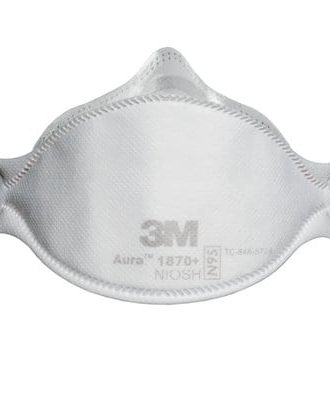 Solventum (Formerly 3M)
Solventum (Formerly 3M)3M Aura N95 Health Care Particulate Respirator and Surgical Mask 1870+
Starting at: $23.99 Select options This product has multiple variants. The options may be chosen on the product page -
Sale!
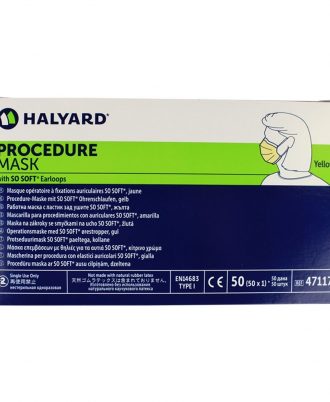 Kimberly-Clark
Kimberly-ClarkKimberly-Clark Pleat-Style Procedure Mask
Starting at: $9.39 Select options This product has multiple variants. The options may be chosen on the product page -
Sale!
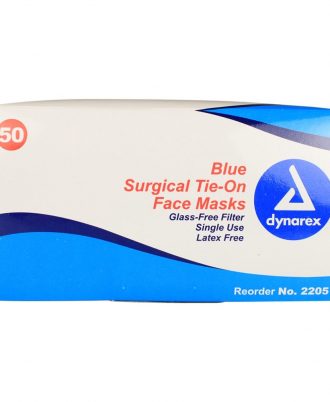 Dynarex
DynarexDynarex Surgical Face Mask – with Ties
Starting at: $0.29 Select options This product has multiple variants. The options may be chosen on the product page
Medical masks help keep patients, doctors and loved ones safe from liquid and airborne pathogens. In addition to frequent hand washing and sterilizing IV or catheter insertion sites with products like Smith & Nephew antiseptic wipes, procedure and surgical masks are an important health care component.
Standards for Medical Masks
The American Society of Testing and Materials — aka ASTM International — is an independent organization that develops and publishes technical standards for a wide range of products, materials, systems and services, including the healthcare industry. It categorizes the types of protection medical and surgical masks provide and how they should be used.
Three Levels of Protection
The three levels of ASTM-rated masks, from lowest protection to highest, are:
- Medical Mask Level 1: These lightweight masks offer minimal filtration (≥ 95%) of bacteria and viruses with some fluid resistance but good breathability. They are considered a low-level barrier.
- Medical/Procedure Mask Level 2: These masks offer higher filtration (≥ 98%) of microorganisms and can resist splashes and sprays at arterial pressure but remain more breathable than surgical masks. They are deemed a moderate-level barrier.
- Surgical Mask Level 3: These offer the highest level of filtration (≥ 98%) against bacteria and viruses as well as the highest fluid resistance, as they are designed for use in operating rooms and trauma situations. These are called a high-level barrier.
Surgical vs. Procedure Mask
Surgical masks tie behind the head and are worn in operating rooms or other sterile environments. They protect patients from possible infection and doctors from blood and other fluids. They tie behind the head for adjustable fit and are generally worn over a hair covering.
Procedure masks secure behind the ears with elastic loops. These are designed to protect both the wearer and others in close contact from airborne pathogens spread by talking, coughing and sneezing. A common example is Dynarex Procedure Face Masks.
Proper Medical Mask Fit
Whether you’re heading into surgery or helping your child don a kids’ ear-loop face mask before visiting an ill relative, how the mask fits will affect its protection. Masks should completely cover both the mouth and nose with no gaps along the side or under the chin. When it is fitted properly, a medical mask should not cause glasses to fog.